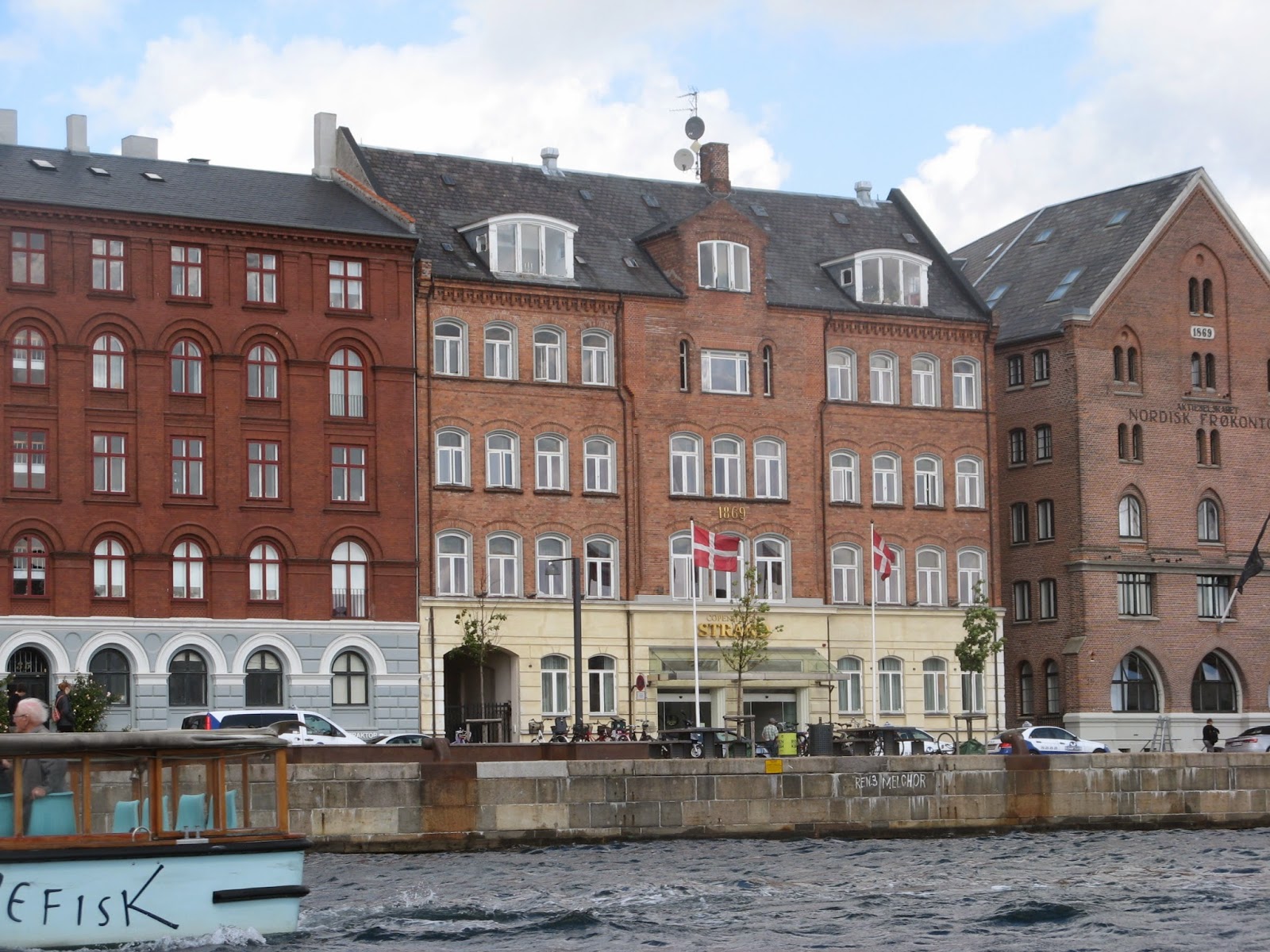I love Hong Kong and have been there many times, both for work and leisure. I have always thoroughly enjoyed the vibrancy and colour of the streets, the people, the food, just the plain excitement of the place. As a single woman I have always felt safe out on my own until late at night walking amongst the crowds who throng the streets until early morning. Sadly, the city has been very much on my mind the last few days, for the wrong reasons. I feel for Hong Kong's residents as they lock horns with mainland China over freedom and democracy. I sincerely hope an outcome is reached which will be satisfactory to all parties concerned.

Thinking about Hong Kong has reminded me of a very special place there that I visited last year. Each time I go to Hong Kong I like to go to at least one place I have never been before. Last year it was the Nan Lian Garden and the adjoining Chi Lin Nunnery. What a wonderful find! I am a great fan of Chinese and Japanese gardens so I was really in my element at Nan Lian. Set on 3.5 hectares the garden is designed in the Tang Dynasty style using the four essential elements of hills, rocks, water and timber structures. I happily wandered the paths of this oasis of tranquillity in busy, crowded, Hong Kong, spotting no more than a couple of other people along the way. Apparently it is extremely busy on weekends so I suggest going on a weekday to most fully appreciate the peaceful atmosphere of the garden.
 |
| The tea house and carp pond Nan Lian Garden |

 |
| The gardens are very carefully maintained |

 |
| Chi Lin Nunnery |
 |
| Apartment buildings tower above |
Opposite the garden, and with direct access is the Chi Lin Nunnery, a Buddhist monastery. This is also in the Tang Dynasty style but is more austere and was my favourite part of the complex. I had it all to myself so relished sitting in quiet contemplation by the lotus pond listening to the trickling fountains and the monks chanting, all the while trying not to notice the tall residential apartment buildings towering above. I eventually realised that the chanting was a recording. No matter, it added greatly to the ambience of this serene and tranquil place.
 |
| Lotus pond Chi Lin Nunnery |
The gardens and nunnery are located in Hollywood, Hong Kong. From downtown Kowloon take the MTR to Yau Ma Tei and change for Hollywood. The gardens are directly across the road from the station which is below the Hollywood Plaza. There is no entry fee to either the gardens or the nunnery. The gardens are listed as the number 4 attraction in Hong Kong on Trip Advisor and the Nunnery is listed as number 5. I think they are highly deserving of those ratings and strongly recommend a visit. You won't be disappointed.









































.jpg)

 Thinking about Hong Kong has reminded me of a very special place there that I visited last year. Each time I go to Hong Kong I like to go to at least one place I have never been before. Last year it was the Nan Lian Garden and the adjoining Chi Lin Nunnery. What a wonderful find! I am a great fan of Chinese and Japanese gardens so I was really in my element at Nan Lian. Set on 3.5 hectares the garden is designed in the Tang Dynasty style using the four essential elements of hills, rocks, water and timber structures. I happily wandered the paths of this oasis of tranquillity in busy, crowded, Hong Kong, spotting no more than a couple of other people along the way. Apparently it is extremely busy on weekends so I suggest going on a weekday to most fully appreciate the peaceful atmosphere of the garden.
Thinking about Hong Kong has reminded me of a very special place there that I visited last year. Each time I go to Hong Kong I like to go to at least one place I have never been before. Last year it was the Nan Lian Garden and the adjoining Chi Lin Nunnery. What a wonderful find! I am a great fan of Chinese and Japanese gardens so I was really in my element at Nan Lian. Set on 3.5 hectares the garden is designed in the Tang Dynasty style using the four essential elements of hills, rocks, water and timber structures. I happily wandered the paths of this oasis of tranquillity in busy, crowded, Hong Kong, spotting no more than a couple of other people along the way. Apparently it is extremely busy on weekends so I suggest going on a weekday to most fully appreciate the peaceful atmosphere of the garden.





